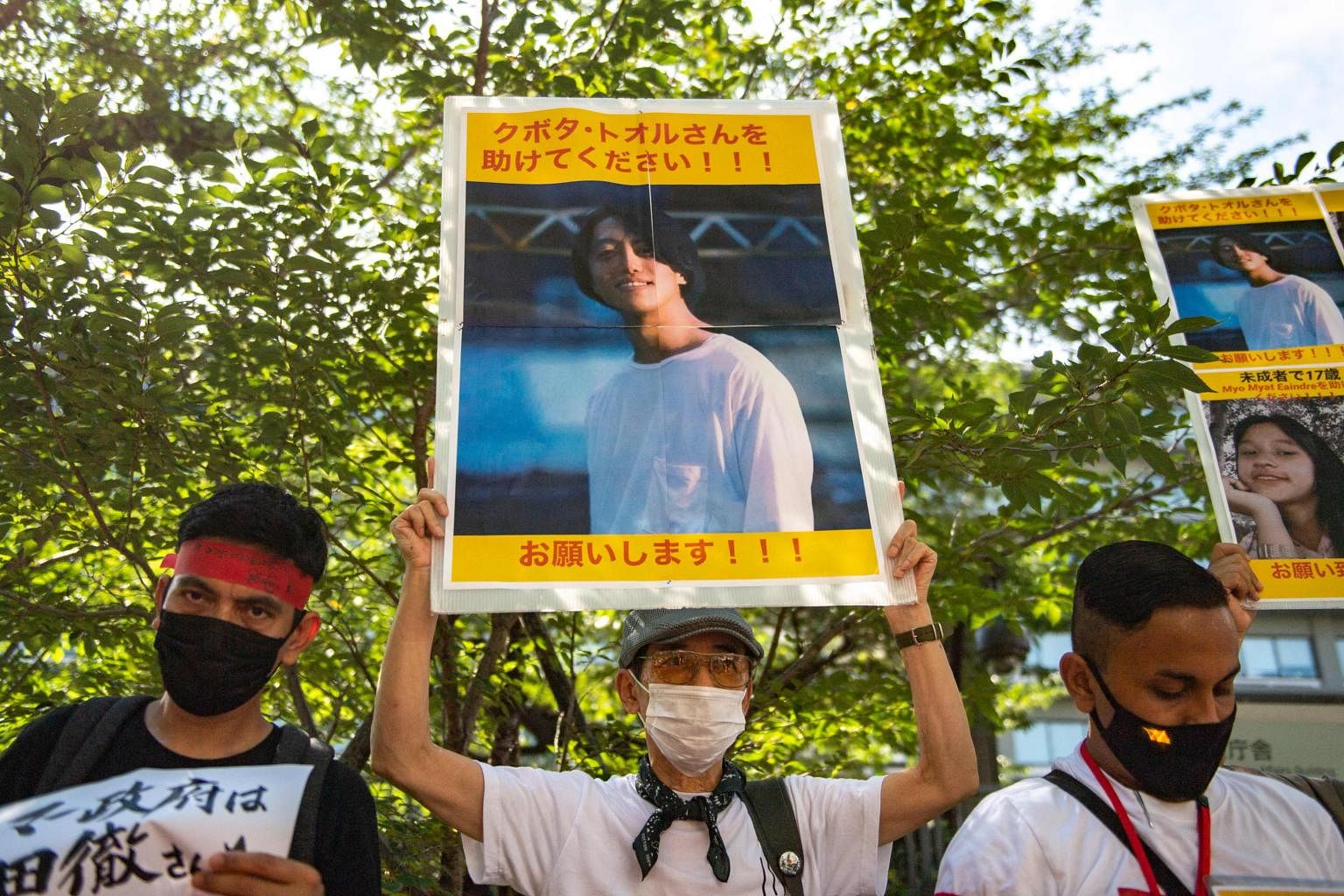BANGKOK - The 15-year-old reporter deleted the data from her phone and packed up her guitar as she set out to meet a guerrilla fighter in Myanmar.
The instrument was mostly a decoy, there to disguise her work as a journalist. She cleared the data from her phone to protect her sources in the event of an arrest.
Greeting the fighter, she took out the guitar and strummed an old Burmese tune, "The Sound of the Crane."
When she felt safe, she started her interview, quickly stashing the recording in a hidden folder on her phone after she was done.
"Every time I go out to report, I always think that I might get arrested," said Khaung, who works for the Burmese literary magazine Oway.
Like the other journalists in Myanmar interviewed for this article, Khaung agreed to be interviewed only if her pen name was used, fearing repercussions from the military government.
Myanmar is now one of the world's most dangerous places for journalists.
For the first time, it is on track to be the top jailer of reporters, surpassing China this year.
Fifty-seven reporters are in prison there, according to the Detained Myanmar Journalists Group, an advocacy organisation. At least 51 journalists are imprisoned in China, according to tallies from various rights groups.
Just two weeks after the military seized power in a coup last year, the junta in Myanmar created a new provision in its penal code called Section 505A, making it a crime to publish comments that "cause fear" or spread "false news."
Some of the country's best known investigative outlets - including Myanmar Now, DVB, Khit Thit, 7 Days and Mizzima - have since had their licences revoked. Hundreds of journalists have fled. The reporters at Oway are now among the last remnants of a free press.
"It is not easy to fight a gun with a pen, but I need to keep doing it," said Aung Sett, the publication's 22-year-old editor-in-chief, who spoke on the condition that his pen name be used.
Aung Sett, a third-year political science student at the University of Yangon, has been in hiding ever since the army issued a Section 505 arrest warrant against him. One of his partners, who was in charge of printing Oway, was shot and killed by soldiers while protesting the coup.
More than 140 journalists have been arrested since the military took power, mostly on charges related to Section 505A. Independent journalists can no longer safely take out a camera or a notebook.

Three reporters have been killed by soldiers, including one photojournalist who had covered a silent protest in the city of Yangon last December and was tortured to death while in custody.
Last month, the junta sentenced Htet Htet Khine, a freelance television presenter who worked for the BBC, to six years in prison with hard labour, saying her reporting amounted to "incitement and illegal association." And the crackdown has not been limited to domestic reporters.
A military tribunal sentenced Japanese documentary filmmaker Toru Kubota, 26, to 10 years in prison last week.
Mr Kubota faces another trial on Wednesday on a charge of violating immigration laws. Mr Danny Fenster, an American journalist who contributed to Myanmar Now, was sentenced to 11 years in prison before being released three days later after Bill Richardson, a former US diplomat, helped secure his freedom.

"The junta regime has effectively outlawed independent journalism in the country," said Mr Shawn Crispin, the senior Southeast Asia representative for the Committee to Protect Journalists.
The media in Myanmar did once enjoy a semblance of independence. Mr Thein Sein, Myanmar's former president, scrapped censorship laws in 2011 as part of a broad programme to open up the country and move it toward democracy.
Creative expression flourished. Dozens of newspapers opened.
While journalists working under previous military regimes who were critical of the government were forced to operate underground, accounts of torture were rare.
That changed after the coup.
In March 2021, Mr Nathan Maung, the editor-in-chief of Kamayut Media, an online publication, and Mr Han Thar Nyein, its co-founder, were among dozens of journalists rounded up by the junta.
In an interview with The New York Times, Mr Maung said he was blindfolded and handcuffed for 14 days and beaten in his face and abdomen.
After more than three months in captivity, Mr Maung, who was born in Myanmar but is an American citizen, was suddenly released. He is now back in the United States, while Mr Han Thar Nyein remains in prison in Myanmar.
"It's just been devastating, considering the extraordinary progress that you had seen in the media landscape since the 2012 opening," said Mr Crispin. "All of that has been erased." NYTIMES

